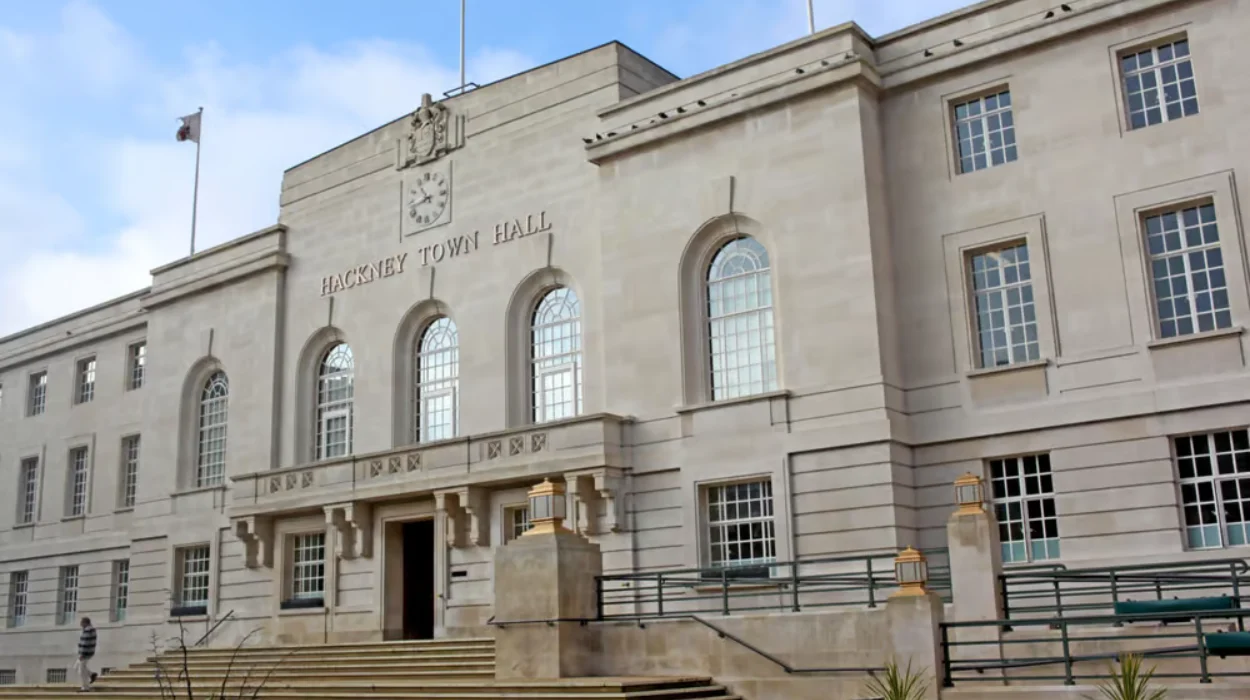Hackney (Parliament Politics Magazine) – Hackney Council will decide the future of eight primary schools next week, with plans to close or merge six more after four closures last summer.
As the capital’s birth rate continues to decline, eight half-empty primary schools in north London will find out their futures next week.
In addition to closing Old Hill Community School and combining it with Harrington Hill Primary School, Hackney is also expected to close St. Mary’s Church of England Primary School and St. Dominic’s Catholic Primary School.
Additionally, Sir Thomas Abney Primary School will be closed and combined with the neighboring Holmleigh Primary School, which will make parents and educators feel as though the council is “pulling the plug” on them.
It is anticipated that Highbury Quadrant and St Jude and St Paul’s Church of England primary schools will be closed by Islington Council two days later.
The decisions were made as concerns about “ghost areas” spreading throughout London grew as more families fled the city due to rising housing costs and the cost of living issue, destroying communities.
Pupils have significantly decreased in most London boroughs, leaving classrooms half-empty and without essential funds.
Between 2017 and 2024, Hackney lost 2,399 elementary school-aged children, and according to council estimates, another 2,637 youngsters are anticipated to leave the region by 2035.
In October 2024, nearly one out of every four reception spots in Hackney went unoccupied. Since financing for schools is determined by the number of students enrolled, this decline has left many schools in financial straits.
Islington, meantime, has described the closure of St Jude and St Paul’s Primary School and Highbury Quadrant as a “last resort” after all other options had been exhausted.
Of all the elementary schools in the borough, St Jude and St Paul’s has the fewest students and a 46% vacancy rate.
In the meantime, Islington Council claims that the Highbury Quadrant is more than half unoccupied and has a chronic budget deficit.
In an effort to protest the “heartbreaking” closures, parents, educators, and students from Hackney and Islington have claimed that closing the schools is “setting children up for failure.”
The closure of the schools has been characterized as financially motivated, shortsighted, and extremely disruptive to children, especially those with special education requirements.
Teachers in Hackney have already told the Standard that hundreds of employees may lose their employment and that London may become a childless city.
Concerns regarding subsequent school closures in other parts of London have also been voiced.
There may be an 8.2% decrease in the number of reception-aged children in south-east London, according to a London Councils report earlier this year that examined the capital’s declining student population.
According to the report, London had more students in Year 7 than those beginning in reception for the first time in the city during the 2023–24 school year.
Over the next four years, fewer pupils are anticipated to start Year 7, especially in central London, which may cause problems for secondary schools in the city.
The decline of children in the capital has been attributed to a number of factors, including the COVID-19 pandemic, growing living expenses, Brexit, and a lack of affordable housing.
The number of kids born in the capital decreased by a fifth in ten years, more quickly than in any other region of England, according to a report published last year by The Standard.
The number of children in gentrified neighborhoods of London has decreased more quickly than in other parts of the city, according to a research released earlier this month by the Trust for London.
How will the closure of these schools affect the overall quality of education in the area?
Research indicates that pupils who transfer from underperforming schools to better ones can make notable academic progress. For instance, a study conducted in Ohio discovered that kids who transferred to better district schools got the equivalent of 34 extra days of arithmetic and 49 extra days of reading instruction.
Redirecting resources to more successful establishments through the closure of consistently underperforming schools may raise the standard of education in the region as a whole.
A more effective use of resources, such as better-funded programs and upgraded facilities at the surviving schools, may result from the consolidation of under enrolled schools.
Districts may be able to concentrate their efforts on assisting schools that have demonstrated success by closing underperforming ones, which would raise educational standards generally.
It explained:
“One of the biggest threats of gentrification is that it makes London so expensive that families can no longer afford to raise children here.”


